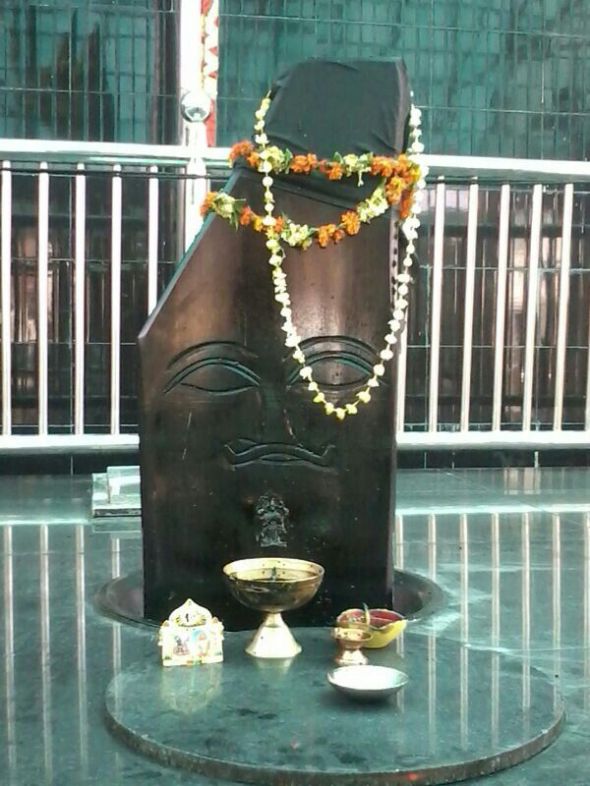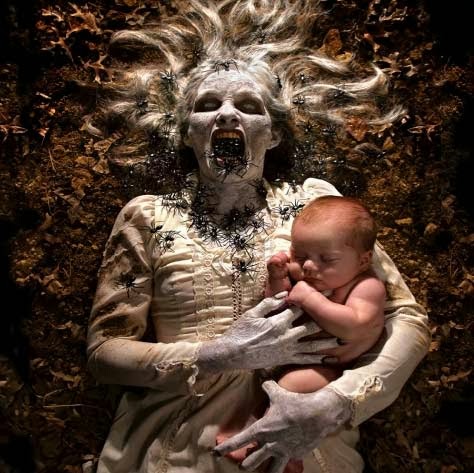
A churel, also spelled as churail, chudail or chudel is a female ghost of South Asian folklore, which is equivalent of Lilith and well known in North India, Bangladesh and Pakistan. The word “churel” is also used colloquially for a witch.
India is a land of myths & legends – centuries of profound history has given this land endless fables rising from every nook & corner. When it comes to ghostly icons, one is obviously drawn to the globally acclaimed vampires, werewolves & Halloween charades. However, it is quite interesting to note that Indian Ghost Stories have its own counterparts to compete with this global folklore, some of which have more horrifying track records. The Indian counterpart for the witch is called Chudail or Chudel (चुड़ैल )(pronounced as chew-dale). In many places, it is also referred to as Daayan (डायन) (pronounced as dye-en), although there are many conceptual difference of opinions between these two terms regardless of their common origin. A Chudail is an Indian Witch or Female Ghost and is believed to arise from the death of a woman during child birth. Indian witch stories have many variations across the different states of India. For e.g. the north Indian states often believe that the Chudail can change its physical form and lure young men. Once she lures them into a lonely place, she pounces on them to either kill or have physical contact with them. In both the cases, the victim is supposedly drained off his life. The Chudail is supposed to live near graveyards or deep inside the forests.


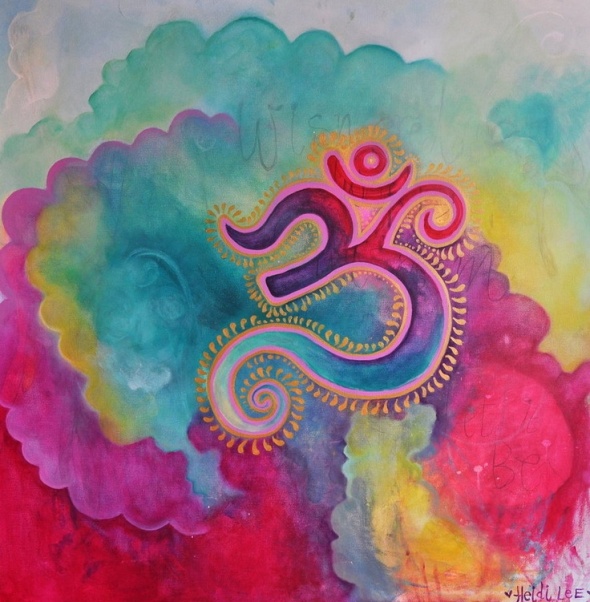
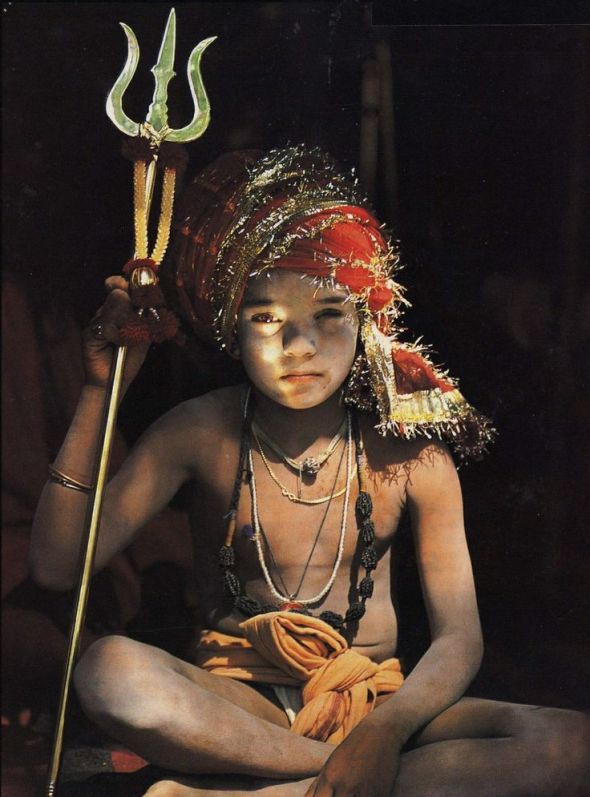
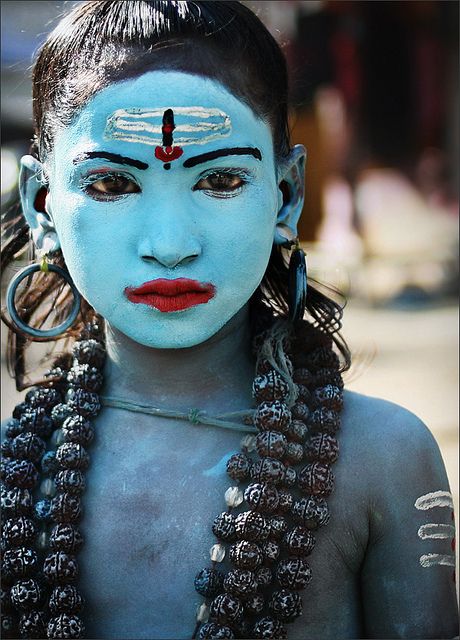
 .
.